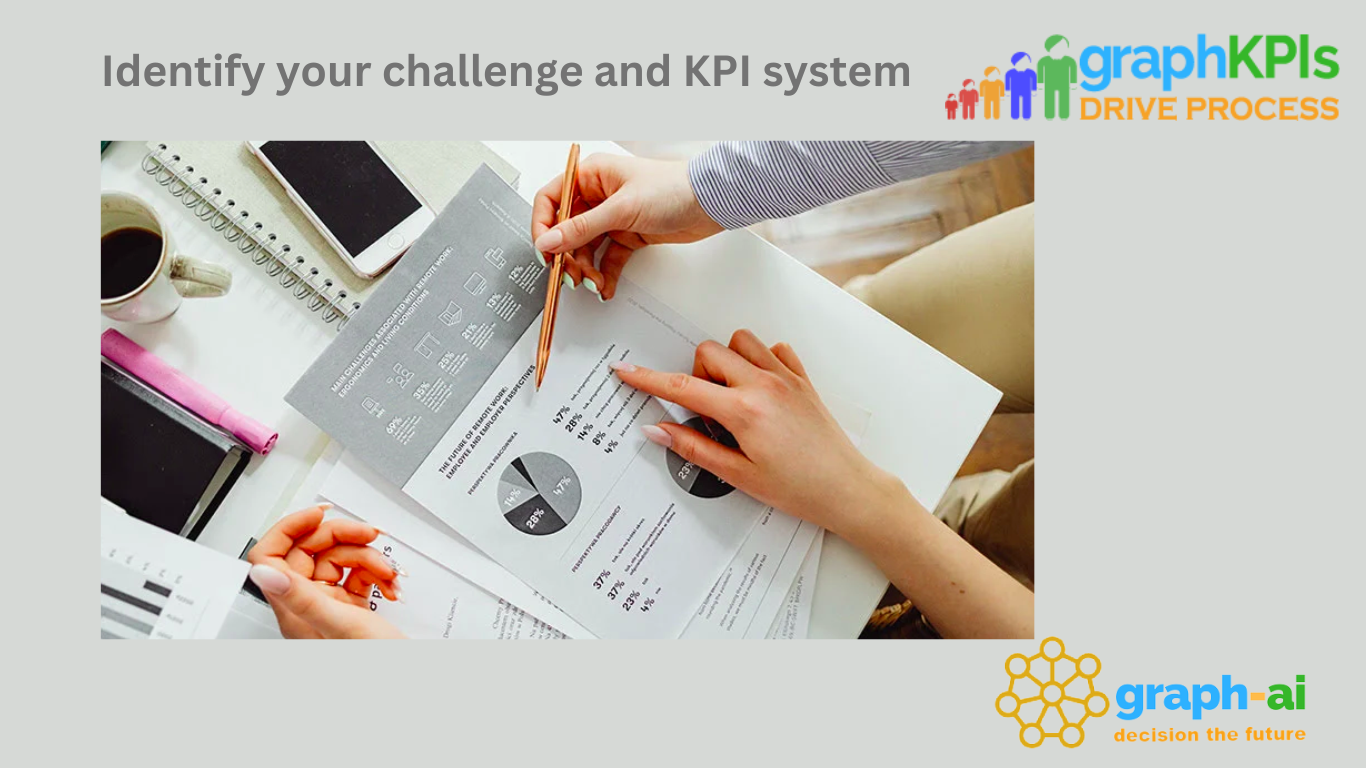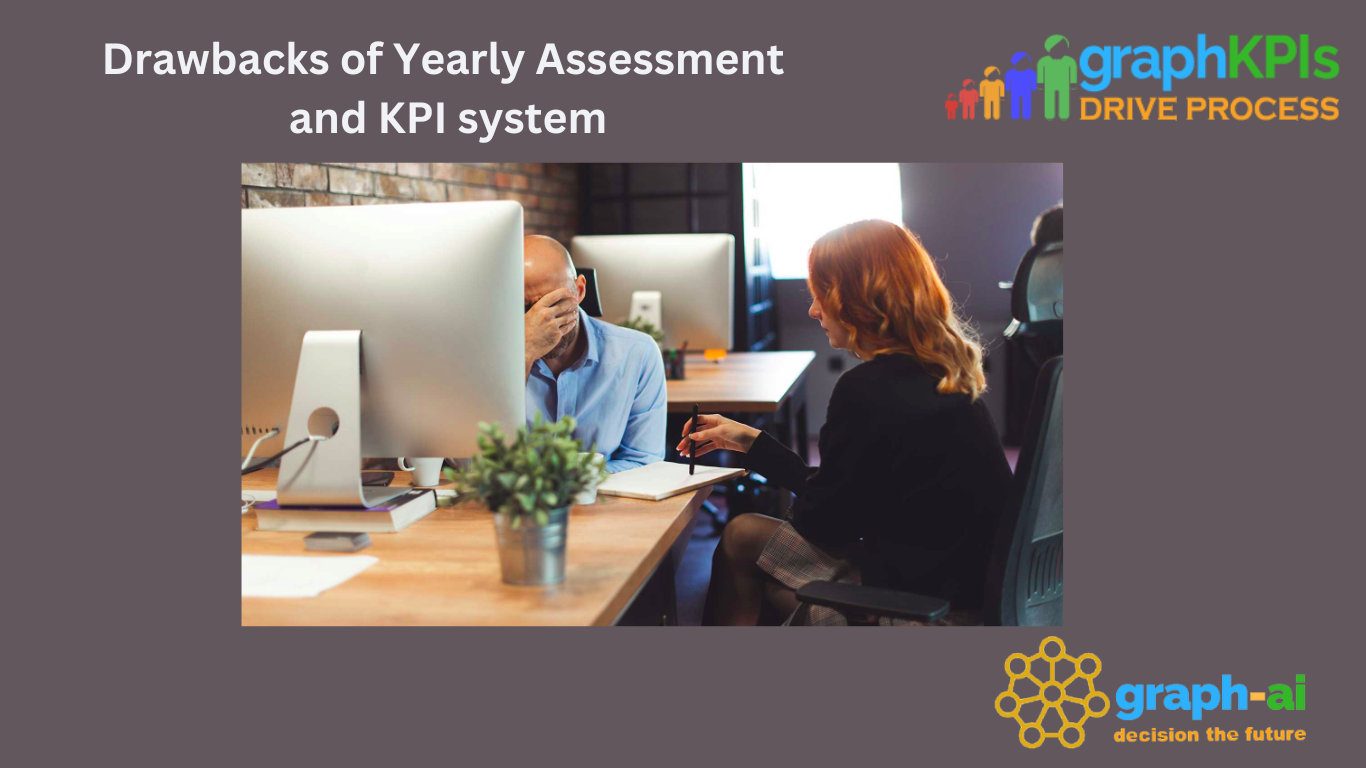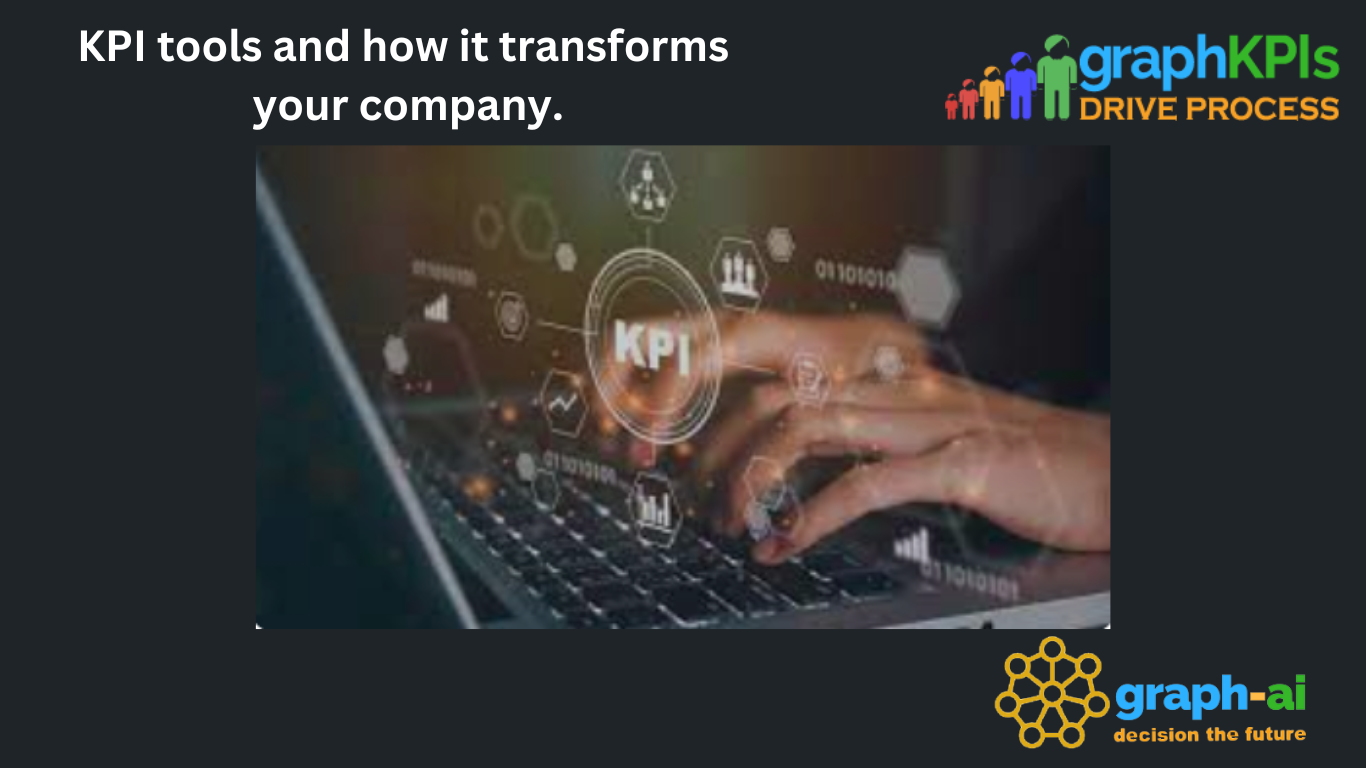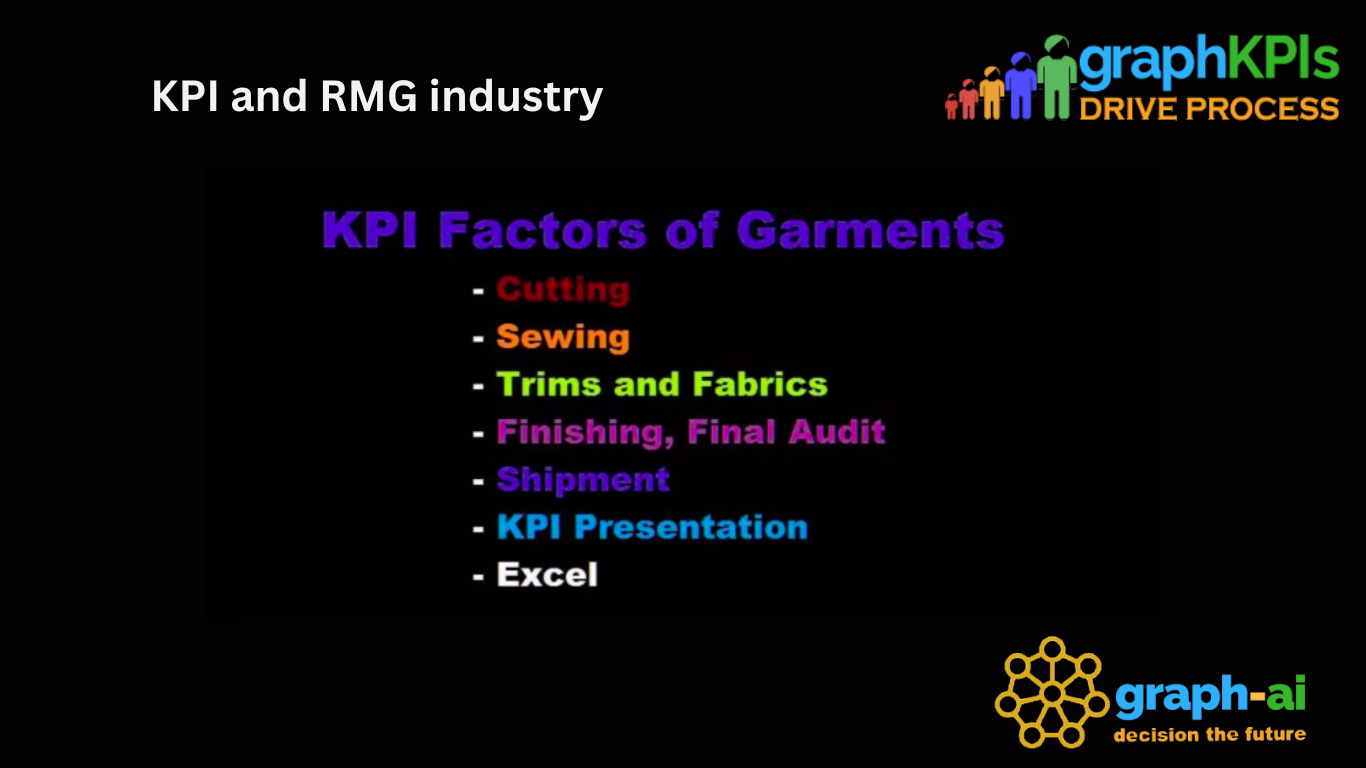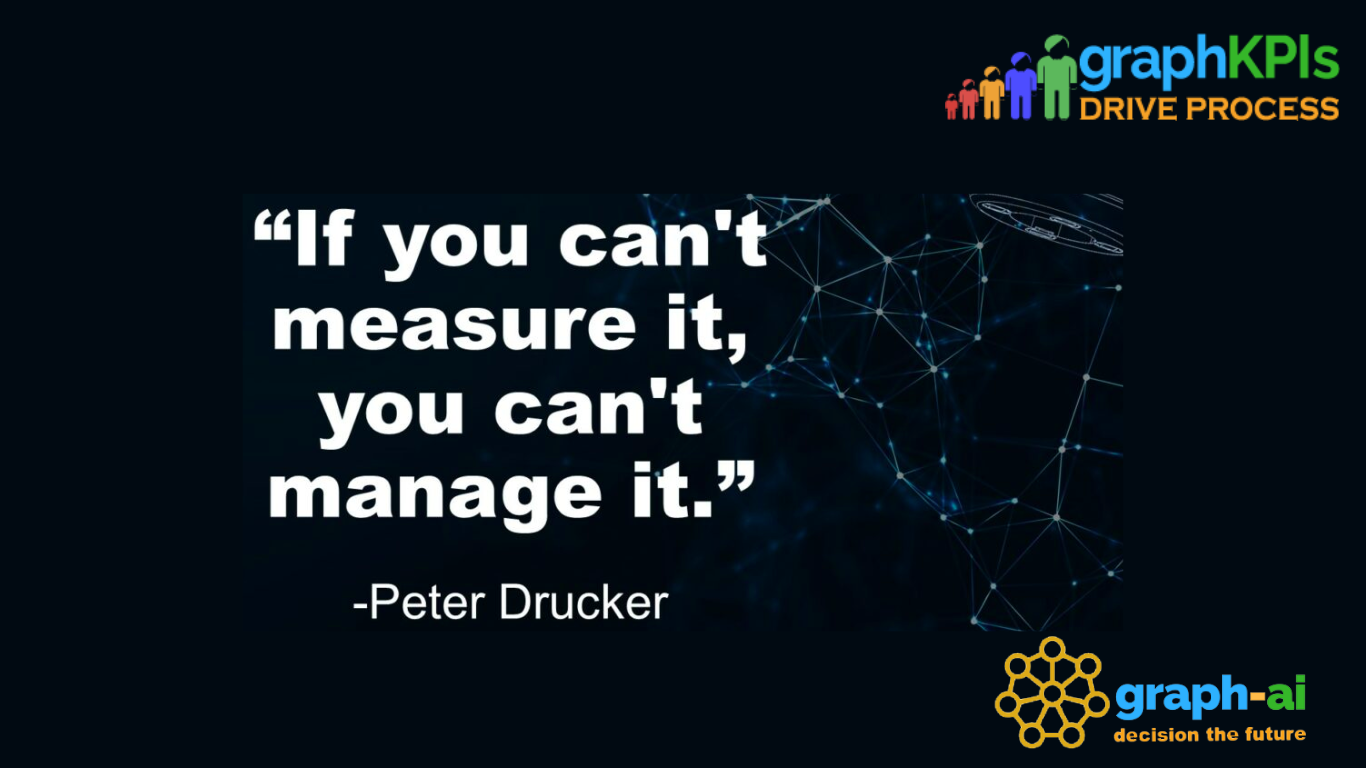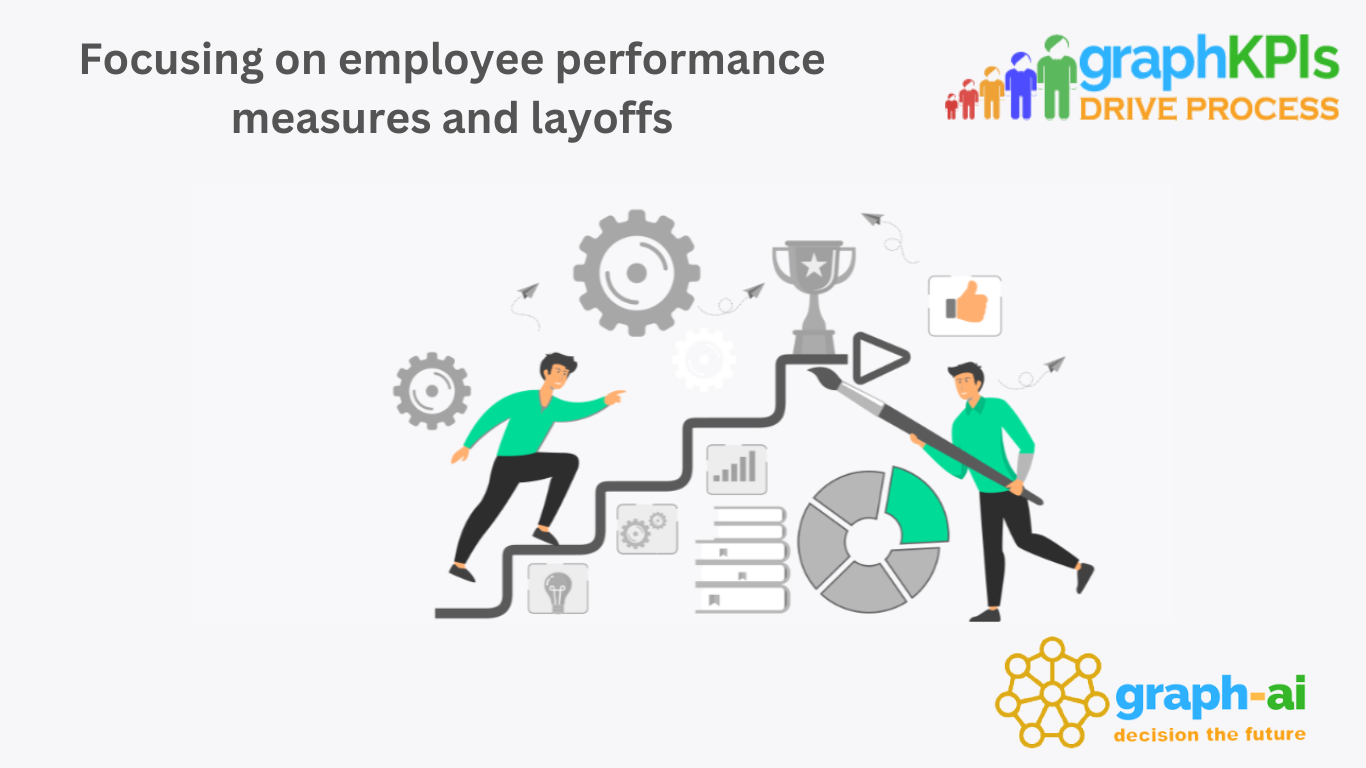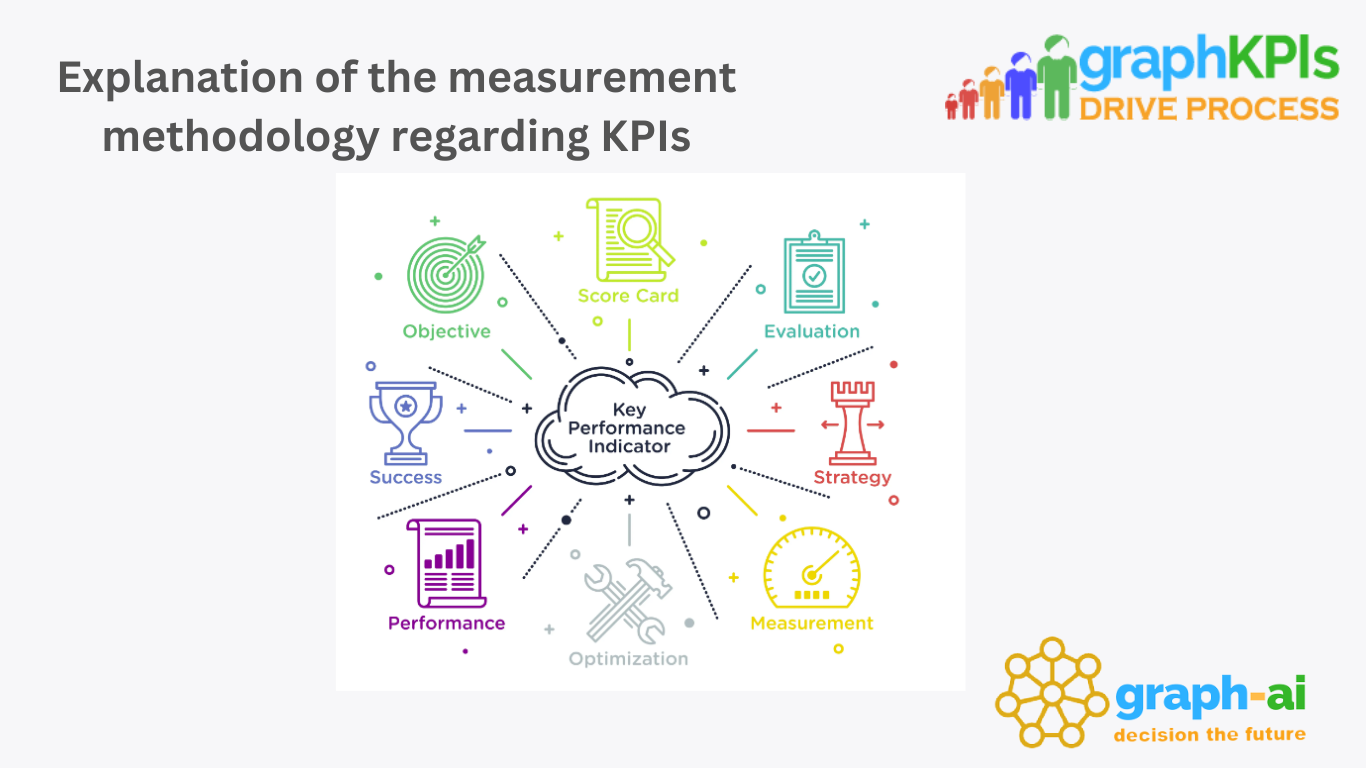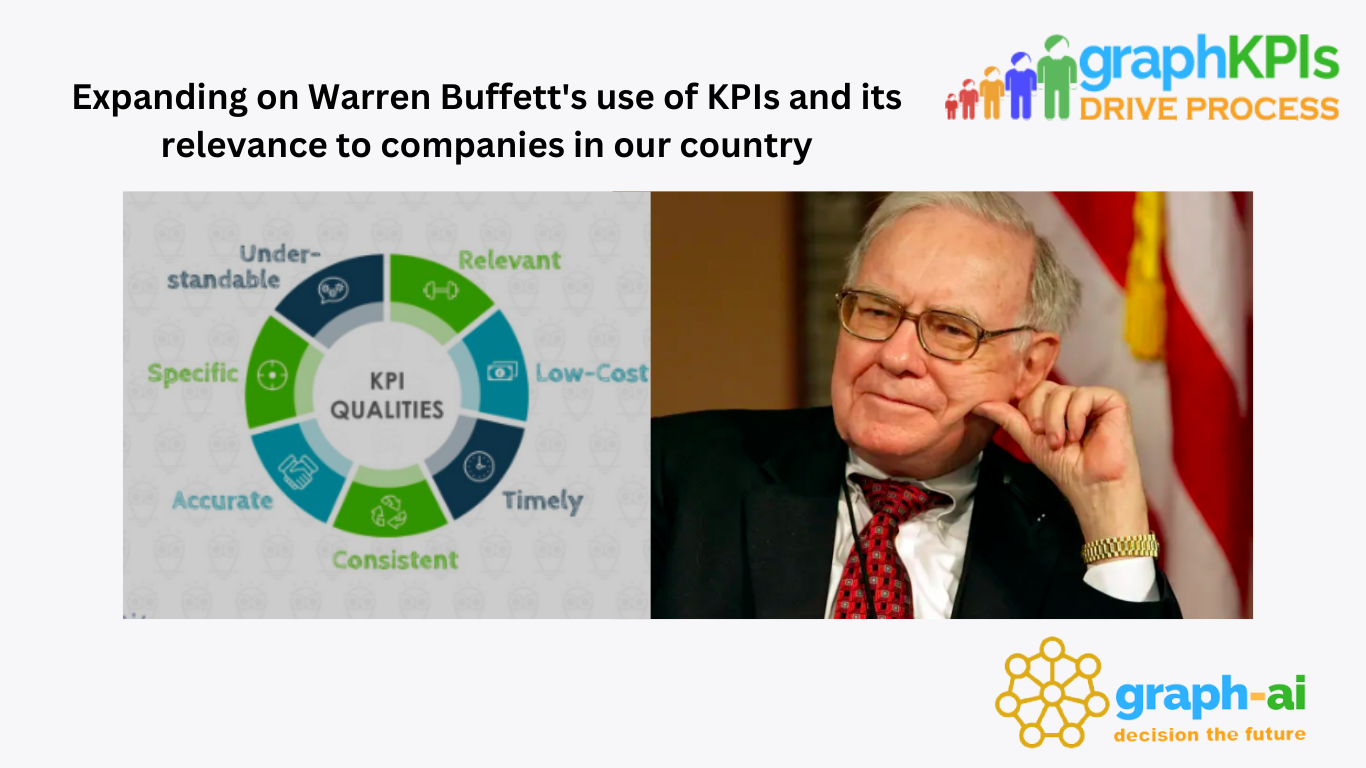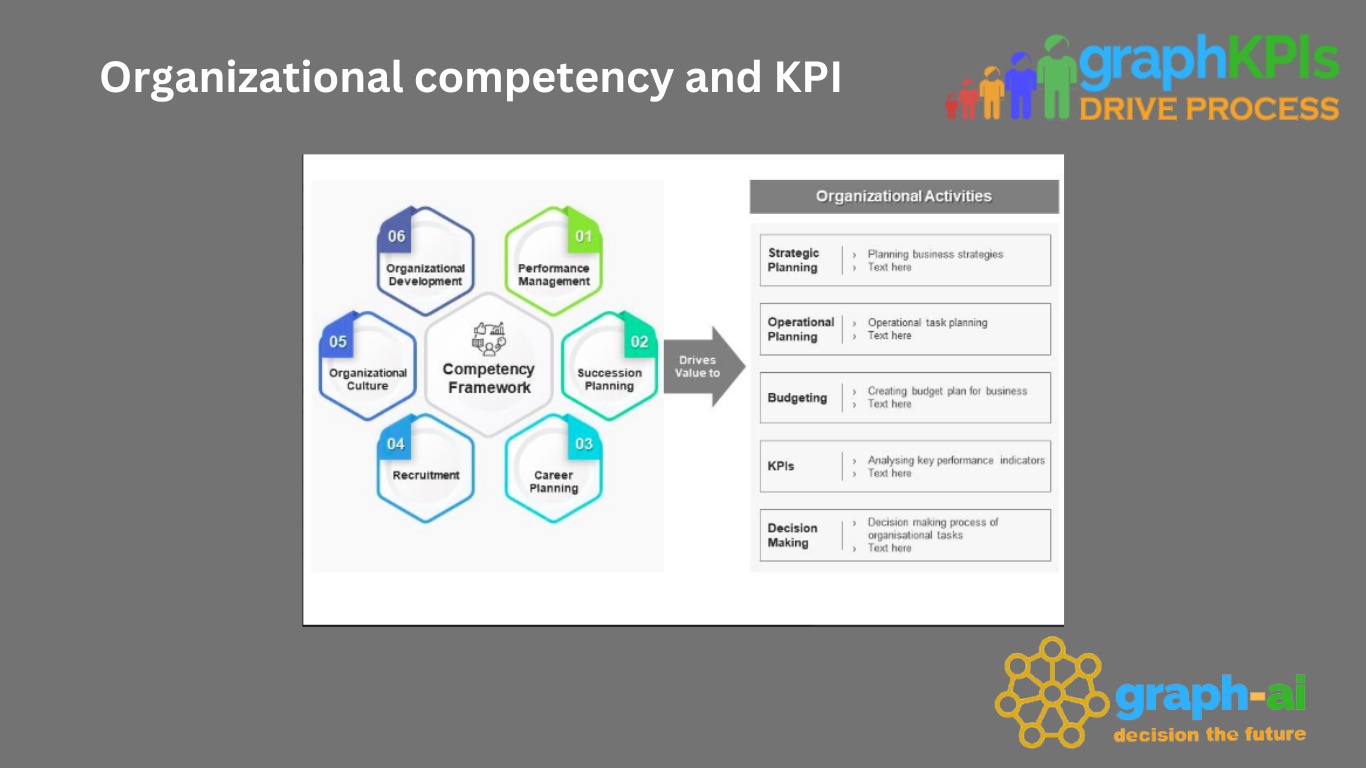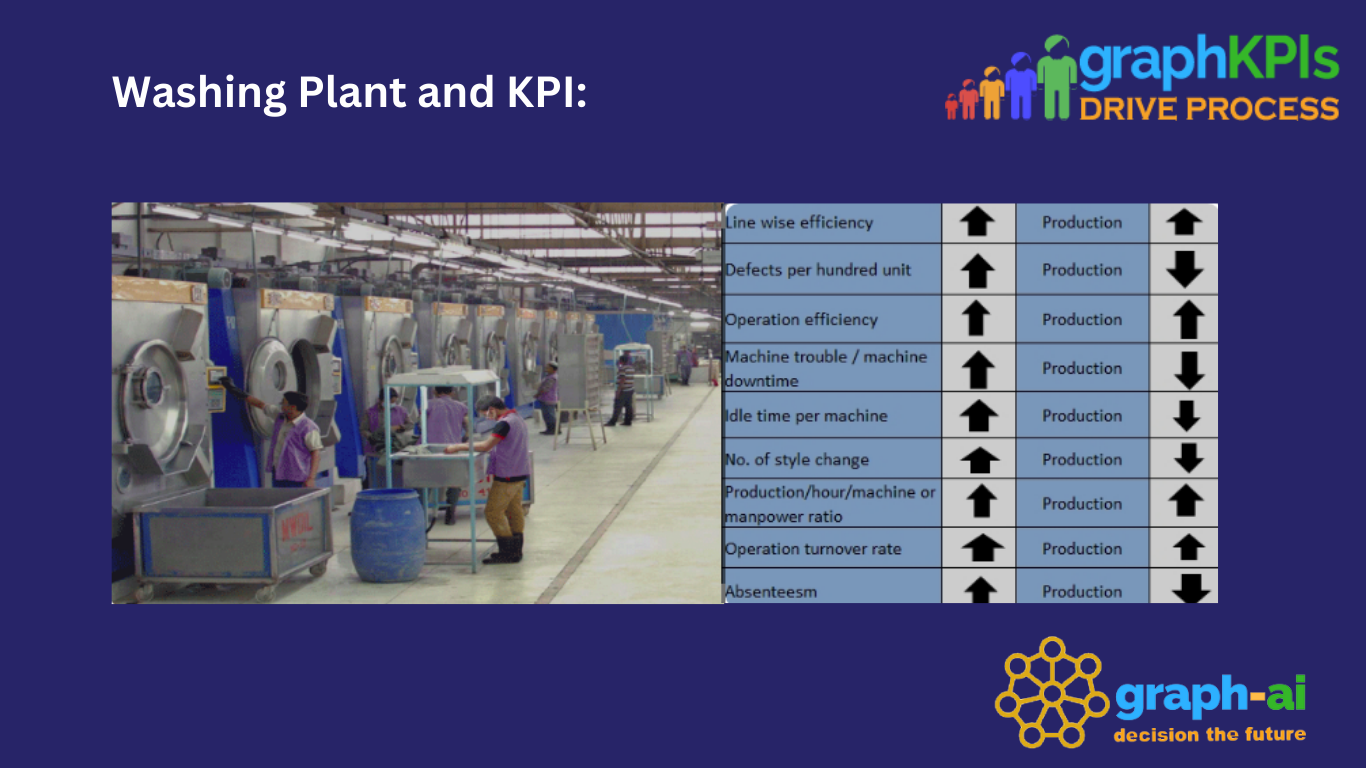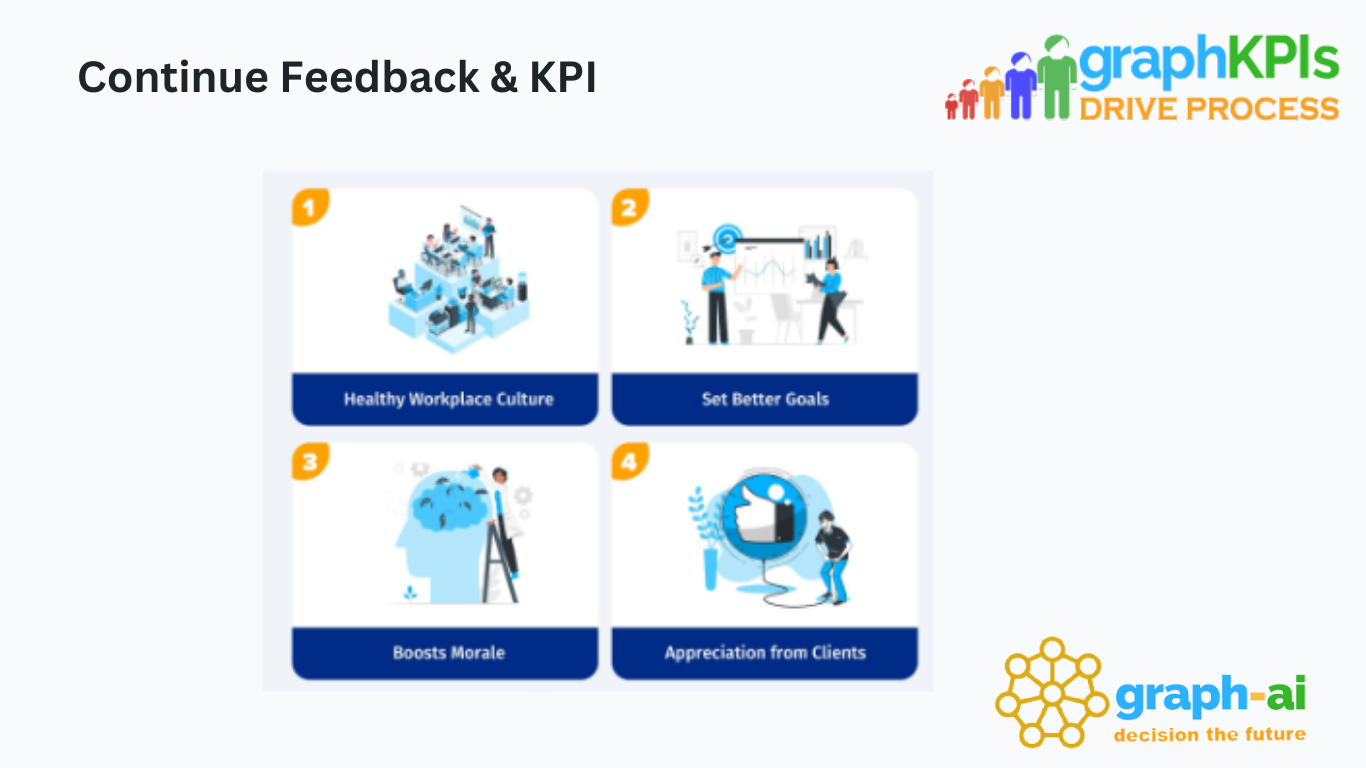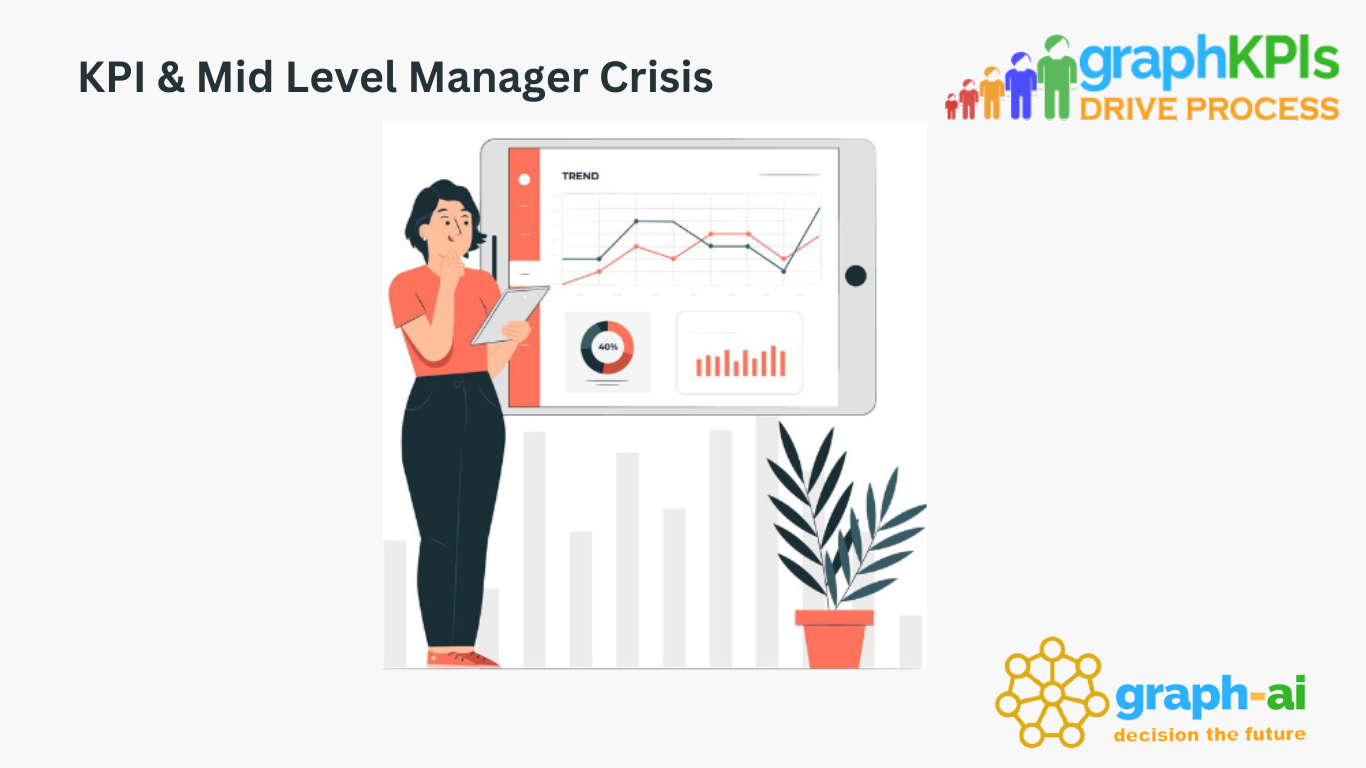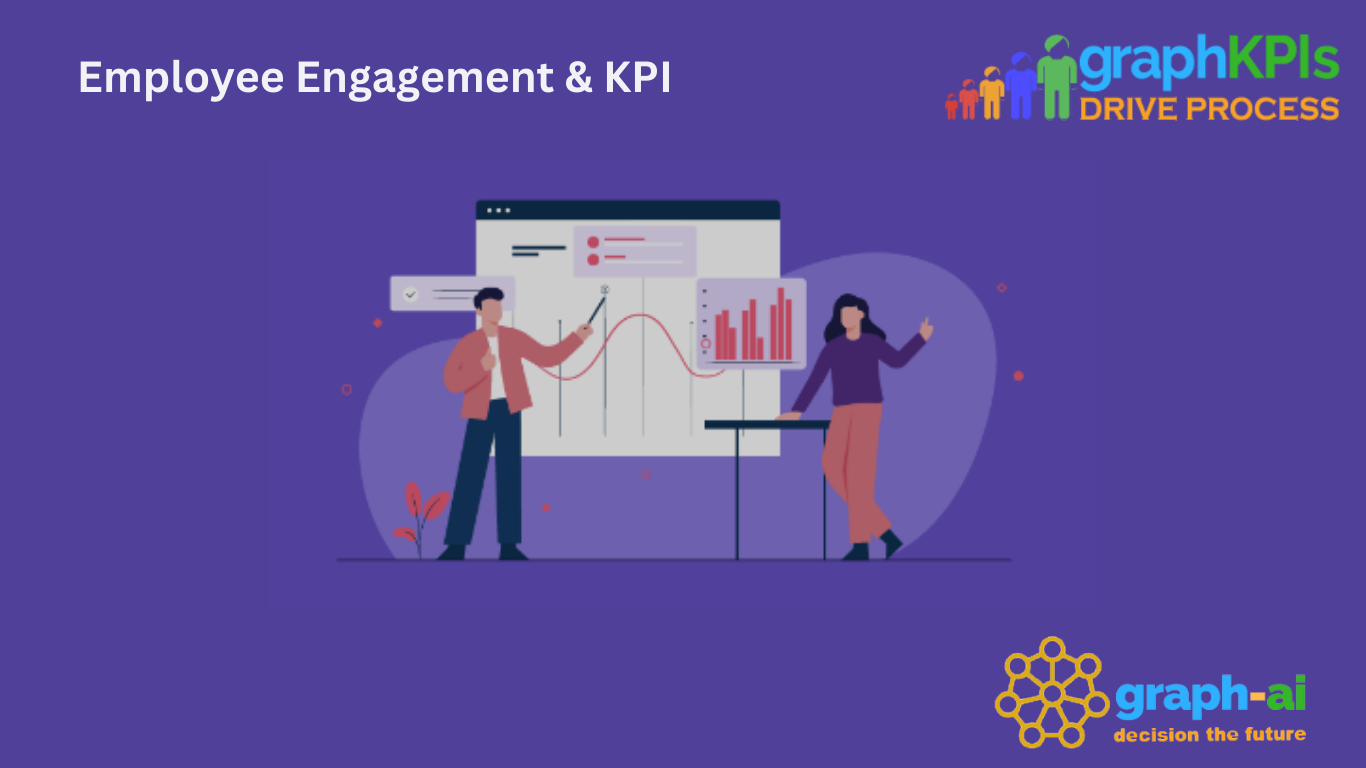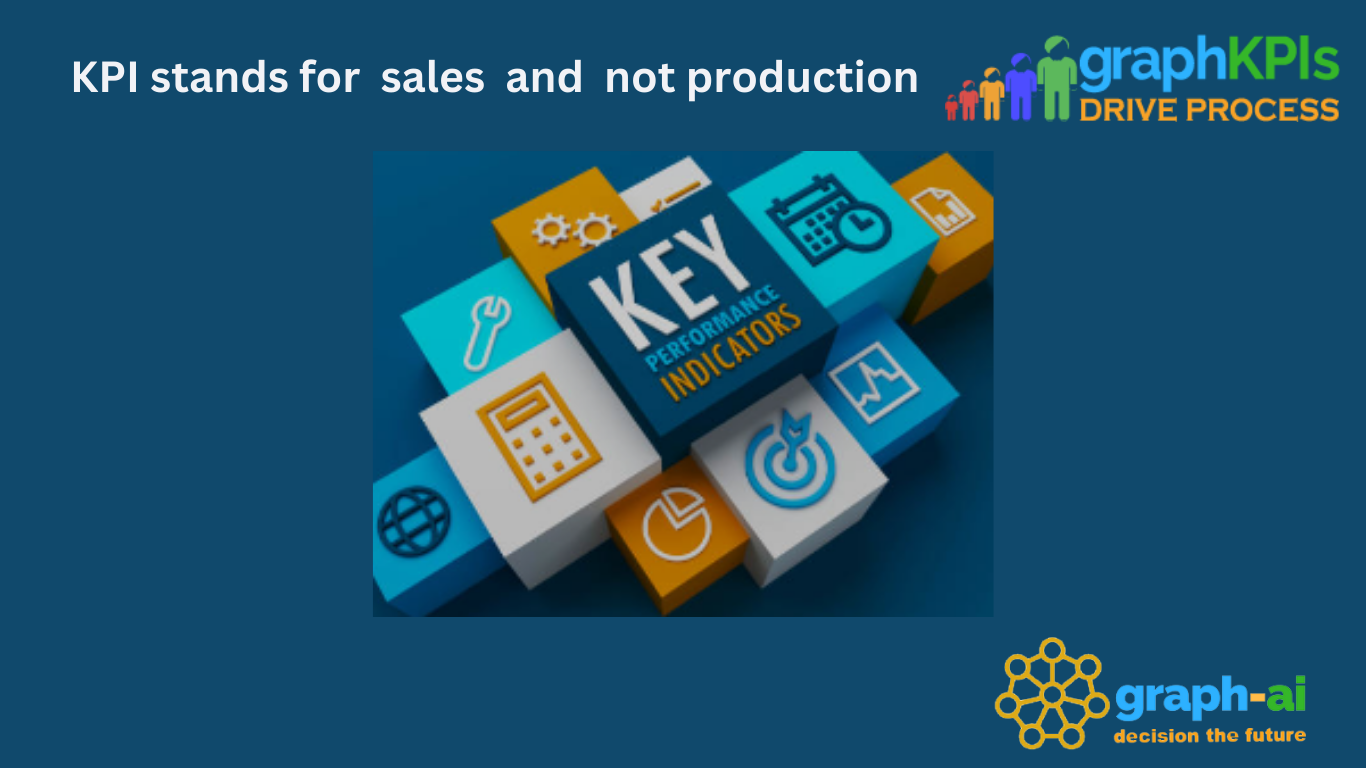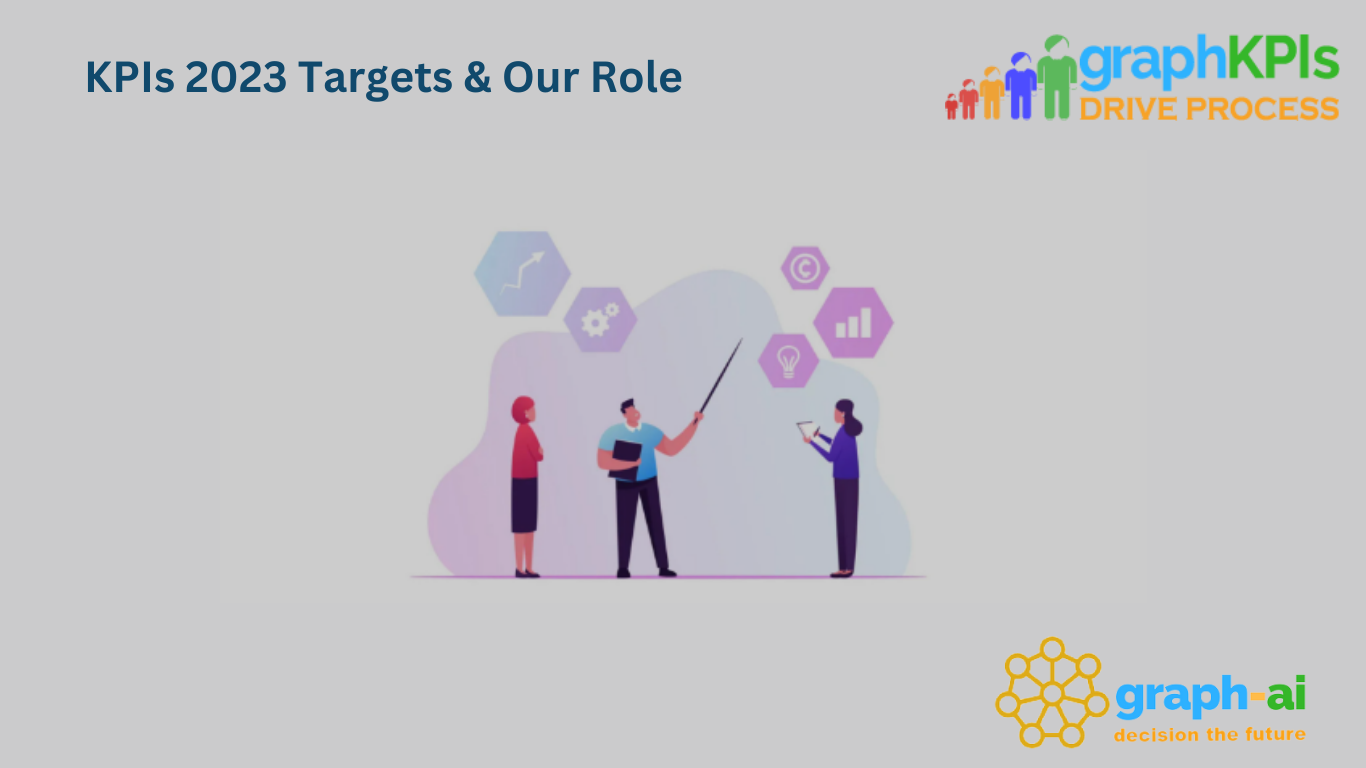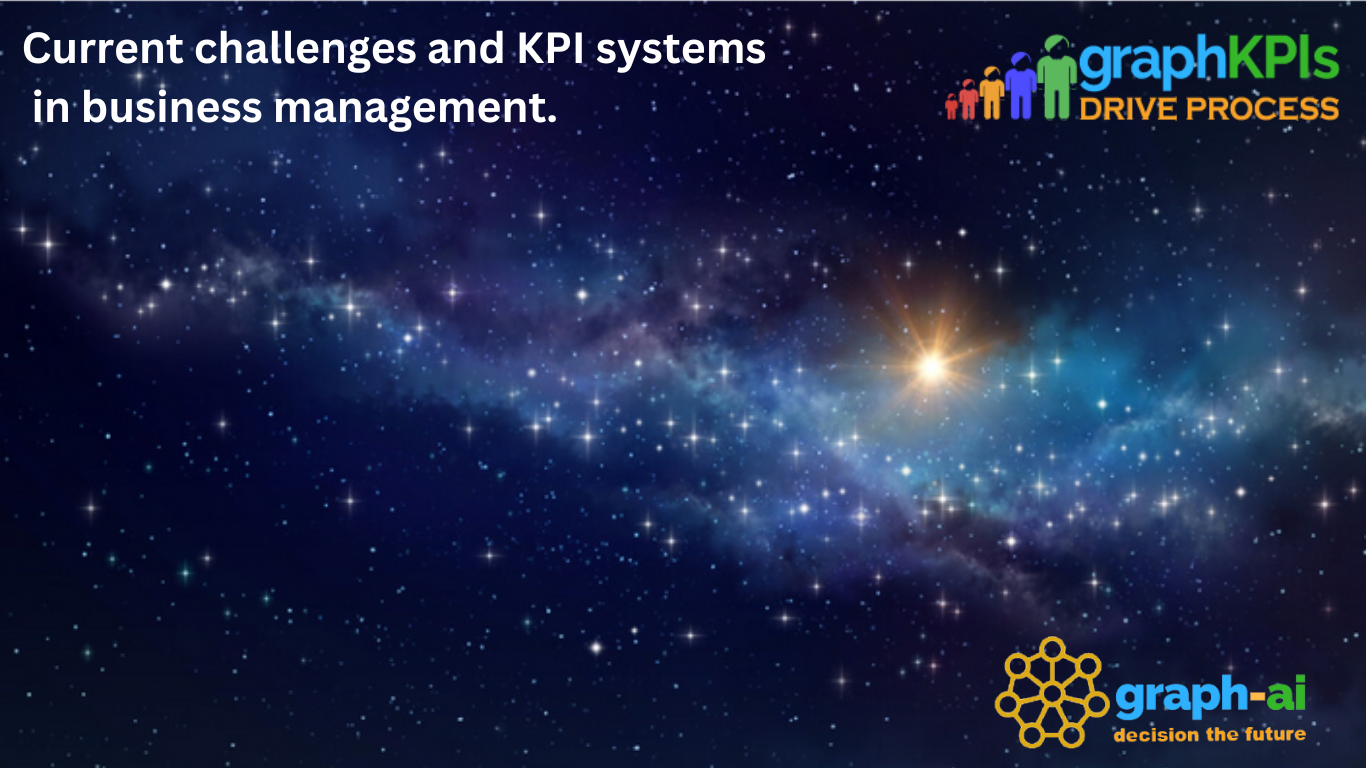Story of KRA and KPI - 17
KPI and 360 Degree Feedback
Introduction: KPIs and 360-degree feedback mechanisms play a crucial role in assessing employee performance and fostering professional growth within organizations. By leveraging these tools, companies can gain comprehensive insights into their employees' skills, competencies, and areas for improvement. Let's delve deeper into how KPIs and 360-degree feedback facilitate this process:
1. Comprehensive Evaluation: • KPIs and 360-degree feedback enable a holistic assessment of employees by incorporating inputs from various stakeholders, including peers, supervisors, subordinates, and self-evaluations. This multi-dimensional approach ensures a comprehensive understanding of an individual's performance across different aspects of their role.
2. Identifying Strengths and Weaknesses: • One of the primary benefits of 360-degree feedback is its ability to identify both strengths and weaknesses in an employee's skill set and behavior. This insight is invaluable for personalized development plans and targeted training initiatives aimed at enhancing strengths and addressing areas needing improvement.
3. Fair and Inclusive Process: • By soliciting feedback from multiple sources, including upwards, downwards, and self-assessment, the evaluation process becomes inherently fair and inclusive. Every employee has the opportunity to be heard, and diverse perspectives contribute to a more accurate portrayal of performance.
4. Skill and Competency Analysis: • KPIs and 360-degree feedback facilitate a thorough analysis of employees' job skills, core values, behavioral competencies, leadership qualities, and alignment with organizational goals. This comprehensive evaluation helps in identifying talent gaps and succession planning strategies.
5. Actionable Insights and Guidance: • The insights derived from KPIs and 360-degree feedback are instrumental in providing actionable guidance for individual development and performance improvement. Detailed reports highlight areas of success, areas for growth, and actionable steps to achieve greater efficiency and effectiveness.
6. Departmental and Organizational Performance Review: • By aggregating feedback and performance metrics at the departmental and organizational levels, KPIs and 360-degree feedback enable leaders to assess the overall performance of teams, identify trends, and make informed decisions to drive organizational success.
7. Management Efficiency: • Leveraging KPIs and 360-degree feedback streamlines the performance evaluation process, reducing administrative overhead and enabling managers to focus on strategic initiatives. Automated reporting tools further enhance efficiency by generating insightful reports with minimal manual effort.
Conclusion: In conclusion, KPIs and 360-degree feedback mechanisms serve as indispensable tools for evaluating employee performance, fostering professional development, and driving organizational success. By harnessing the power of comprehensive evaluation and actionable insights, companies can optimize their human capital and stay competitive in today's dynamic business landscape.
Continuing the journey together ...............
Leave a Reply
Your email address will not be published. Required fields are marked *


